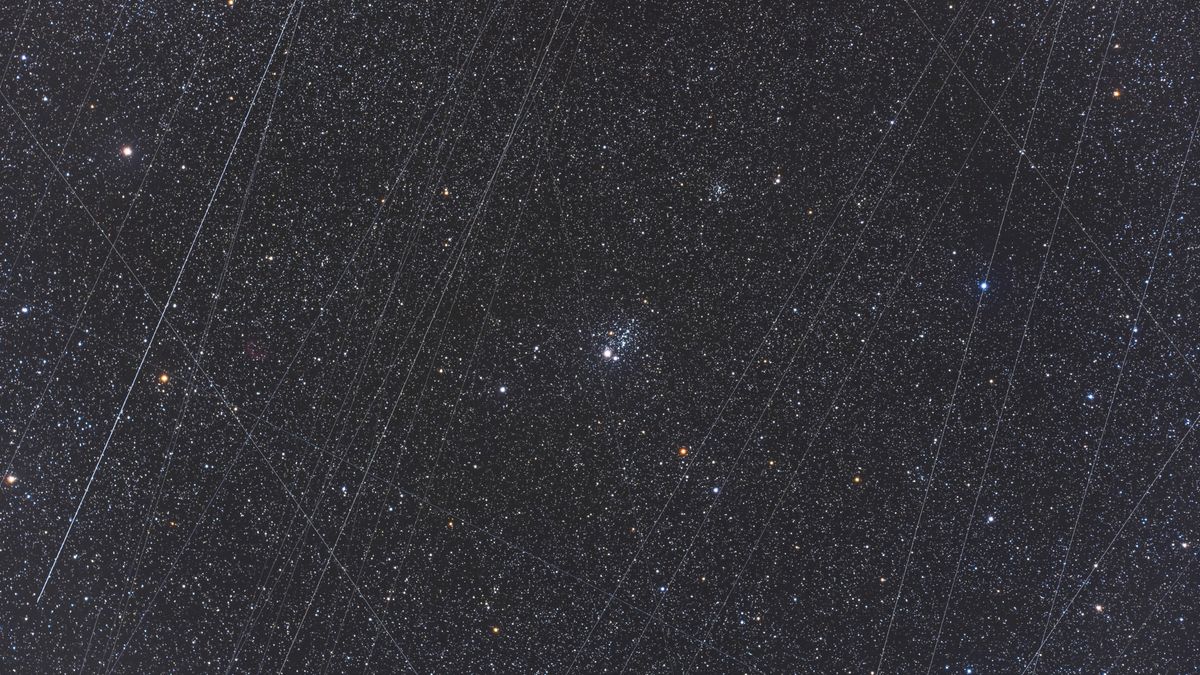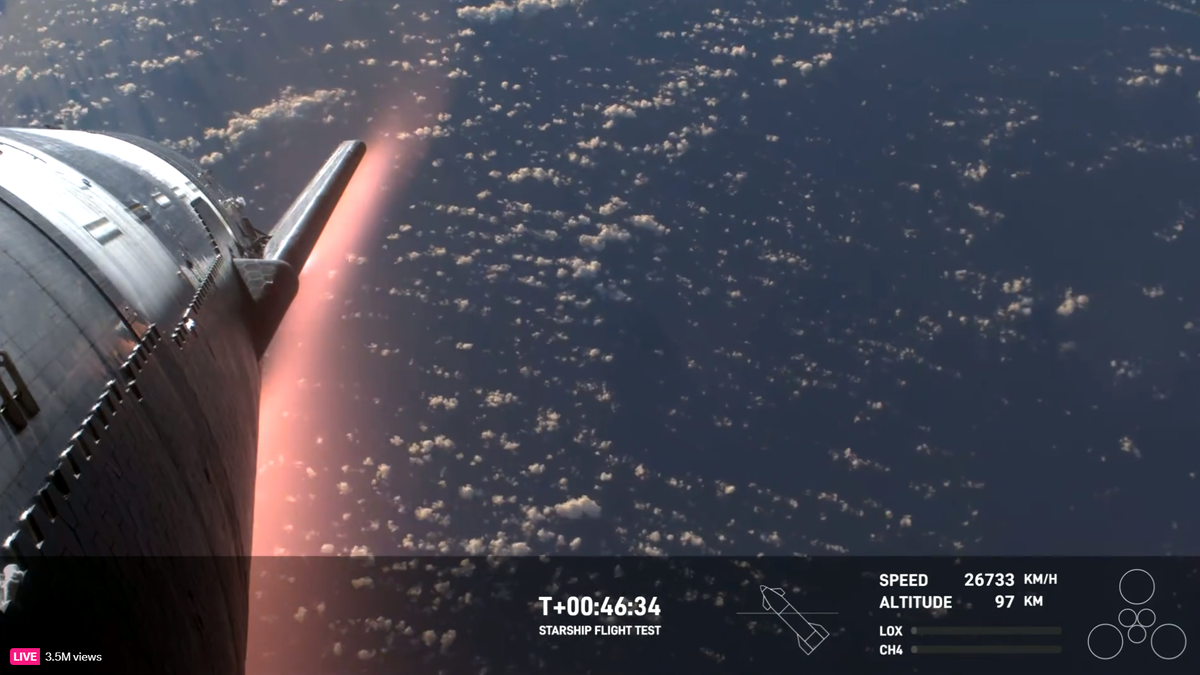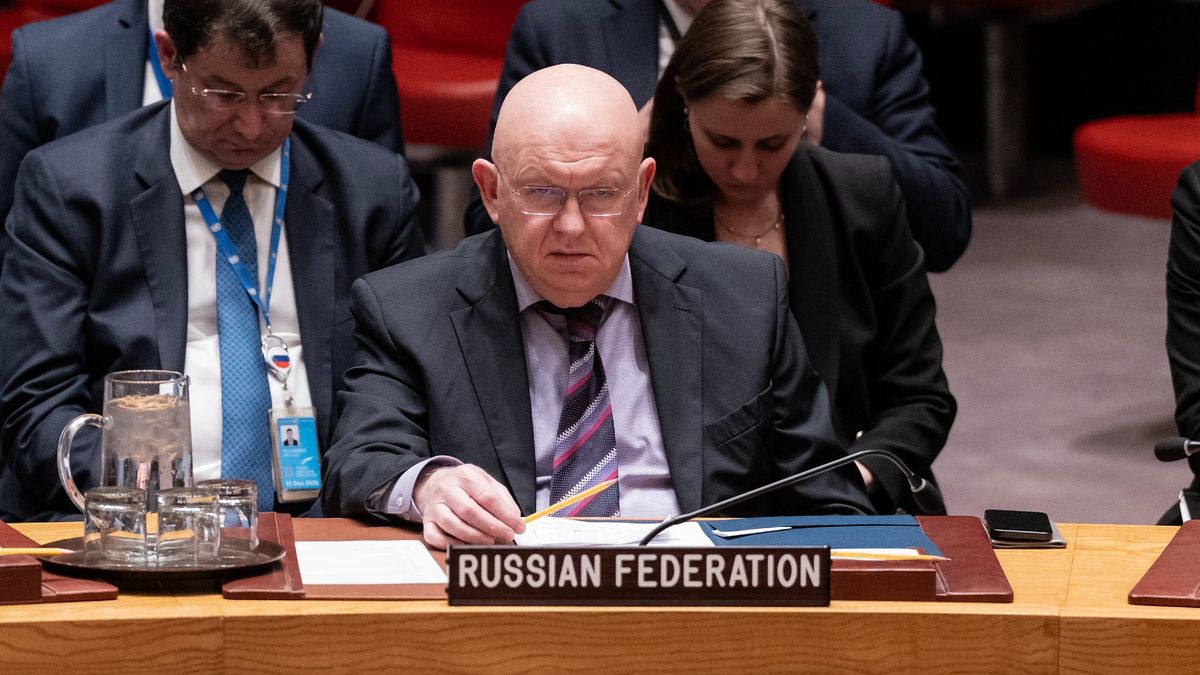The Challenges of Megaconstellation Satellites to Astronomy
For the past several years, the Earth has been encircled by various megaconstellation satellites such as Starlink and OneWeb, presenting both benefits and drawbacks to humanity. However, according to David Koplow, a distinguished legal scholar from Georgetown University Law Center, the growing presence of these megaconstellations poses a significant threat to astronomy.
Legal Implications
Koplow, known for his expertise in space law, has highlighted concerns regarding the interference caused by megaconstellations in several scholarly works. Titles like “Large Constellations of Small Satellites: The Good, the Bad, the Ugly and the Illegal” and “Blinded by the Light: Resolving the Conflict Between Satellite Megaconstellations and Astronomy” underscore his apprehensions.
Contrary to the common assumption that satellite companies hold absolute freedom in space activities, Koplow argues that astronomers also have legal rights to an unobstructed use of space. He emphasizes that they should not passively accept the damage caused to their profession.
Emergency Response
The astronomy field faced a transformative moment in 2019 with the launch of SpaceX’s Starlink satellites, prompting observatories to take immediate action. Koplow describes this as a “hair on fire” emergency, signaling irreparable losses to space science unless urgent measures are implemented.
While some astronomers view this challenge optimistically, others acknowledge the detrimental impacts on scientific research and the exploration of space. Koplow stresses the need for a balanced approach to address the clash between satellite megaconstellations and astronomy.
Proposed Solutions
In his treatise “Blinded by the Light,” Koplow analyzes the legal framework surrounding satellite megaconstellations and proposes compromise solutions to minimize their interference with astronomy. He advocates for a better balance between competing space activities, ensuring the preservation of key functions for both sectors.
While some satellite companies have taken voluntary steps to mitigate their impact on astronomy, Koplow believes that stronger measures are necessary. He argues that these measures must be comprehensive, durable, and universally adopted to effectively address the challenges posed by megaconstellation satellites.
Image/Photo credit: source url





